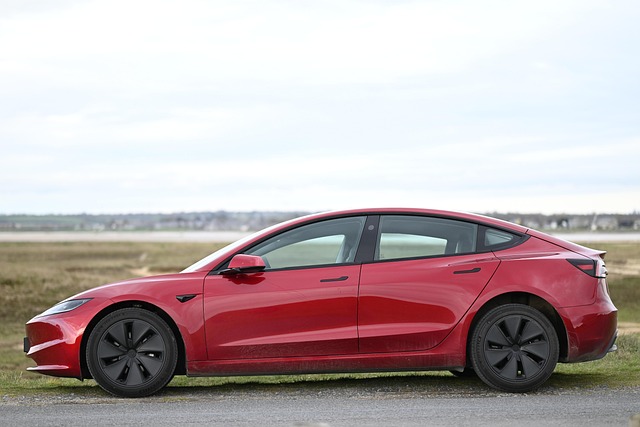Pedaling Progress: Sustainable Bicycle Options for Rural Development
In an age where urban congestion and environmental crises are increasingly prevalent, the importance of sustainable transportation options cannot be overstated. Bicycles are emerging as a beacon of hope, especially for rural communities seeking a harmonious balance between mobility and environmental responsibility. The simplicity of cycling interweaves effortlessly with the ethos of sustainability, offering a pathway towards a better future.
Transport Sustainability
Sustainable transportation refers to the modes of transit that prioritize minimizing environmental impact while maximizing social equity and economic viability. Bicycles stand tall in this realm, emitting no greenhouse gases and consuming minimal resources compared to motor vehicles. With their minimal ecological footprint, they are the epitome of sustainable mobility.
Moreover, cycling promotes a healthier lifestyle, as residents of rural areas often face limited access to healthcare facilities. A simple ride can contribute to physical fitness, helping combat lifestyle diseases associated with sedentary behavior. As cycling becomes a part of the daily routine, not only do individuals benefit, but through communal cycling events and shared experiences, communities can grow closer, fostering a sense of unity.
Rural Development
Rural areas frequently experience challenges related to transportation accessibility. Limited public transit options and long distances to essential services can hinder economic growth and social inclusion. However, the integration of bicycles into these communities provides an effective solution, empowering residents to traverse their environments with ease.
Farmers can trade produce more effectively by cycling to markets, while students gain improved access to educational institutions. Furthermore, bicycles can stimulate local economies by promoting tourism and creating jobs—think guided tours, bike rentals, and maintenance workshops that cherish and build skills within the community.
As the demand for sustainable transportation options increases, so too does the discourse surrounding policy and infrastructure improvements. Governments and organizations can play a pivotal role by investing in cycling infrastructure, such as bike lanes and secure parking facilities, which will encourage more people to opt for this eco-friendly mode of transport. Grants for bicycles or community bike-share programs can further incentivize cycling, particularly in underserved areas.
Ultimately, embracing bicycles as a sustainable transportation option not only addresses the pressing need for eco-friendliness but also enriches the social fabric of rural communities. This dual benefit presents an incredible opportunity: by pedaling together towards sustainability, we pave the way for thriving, connected, and resilient rural landscapes. Join the movement—let’s pedal towards progress!




